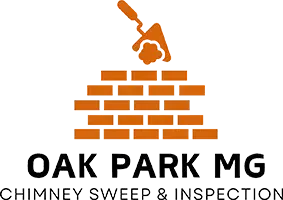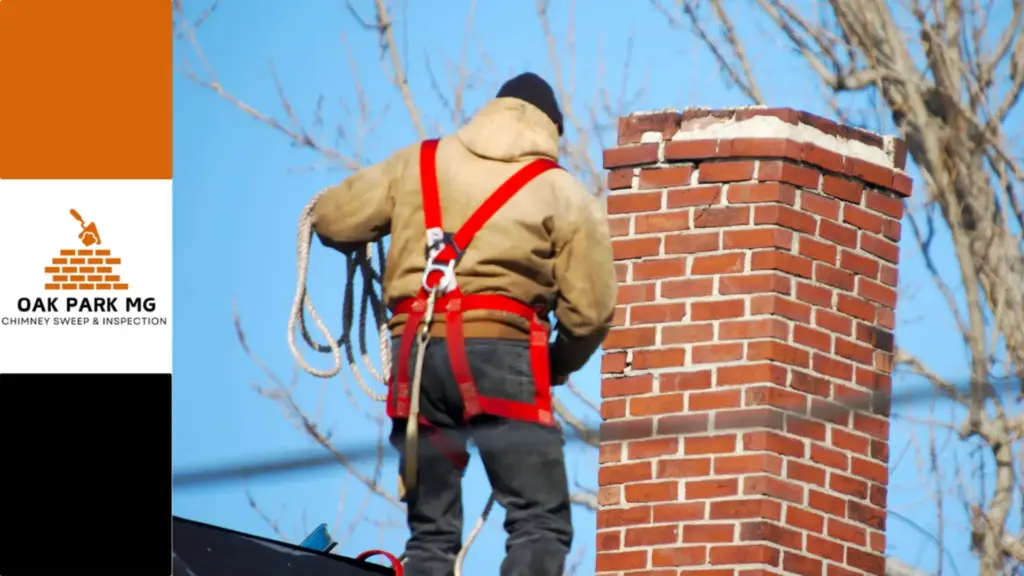A chimney plays a vital role in maintaining a safe and efficient fireplace, but without regular evaluations, small issues can develop into costly and dangerous problems. Many homeowners overlook chimney maintenance, assuming that if it appears structurally sound, there’s nothing to worry about. However, hidden dangers can lurk within the chimney system, making a thorough chimney inspection essential for preventing unexpected hazards.
Detecting Early Signs of Structural Damage
Exposure to heat, moisture, and seasonal weather changes can cause gradual wear on a chimney’s structure. Cracks in the masonry, deteriorating mortar joints, or shifting chimney liners may seem minor at first but can weaken the entire system over time. Water infiltration through these cracks can accelerate deterioration, leading to costly repairs. A timely inspection uncovers these vulnerabilities before they compromise the chimney’s stability or create safety risks.
Preventing Fire Hazards from Creosote Buildup
One of the most dangerous risks associated with a neglected chimney is the accumulation of creosote, a flammable residue produced by burning wood. When left unchecked, even a small amount of creosote buildup can ignite, causing a chimney fire that may spread to other areas of the home. Regular inspections assess the level of creosote deposits, ensuring that the chimney remains free of combustible buildup and reducing the likelihood of fire-related incidents.
Identifying Ventilation Issues and Carbon Monoxide Risks
A properly functioning chimney allows smoke, carbon monoxide, and other combustion byproducts to exit safely. However, blockages caused by debris, nesting animals, or damaged flue liners can disrupt ventilation. Restricted airflow can lead to carbon monoxide buildup inside the home, a serious hazard that often goes undetected due to its odorless nature. Routine evaluations ensure that the chimney vents properly, protecting occupants from exposure to harmful gases.
Addressing Minor Problems Before They Become Costly Repairs
A chimney may appear functional, but hidden issues can escalate quickly if not addressed in time. Loose bricks, misaligned dampers, or worn chimney caps may seem insignificant but can lead to bigger structural concerns if ignored. A chimney inspection helps homeowners stay ahead of potential failures, preventing expensive repairs or even complete chimney rebuilds. Proactive maintenance extends the lifespan of the chimney while ensuring it operates safely and efficiently.
Regular chimney inspections provide homeowners with peace of mind, knowing that their chimney is free from hidden dangers. By identifying early warning signs of structural damage, fire hazards, ventilation issues, and minor wear, inspections help prevent costly repairs and enhance overall safety. Investing in preventative maintenance ensures a functional, efficient, and secure chimney system for years to come.
Learn more:
The Role of Chimney Inspection in Detecting Structural Weaknesses
How Chimney Inspection Uncovers Hidden Safety Risks

